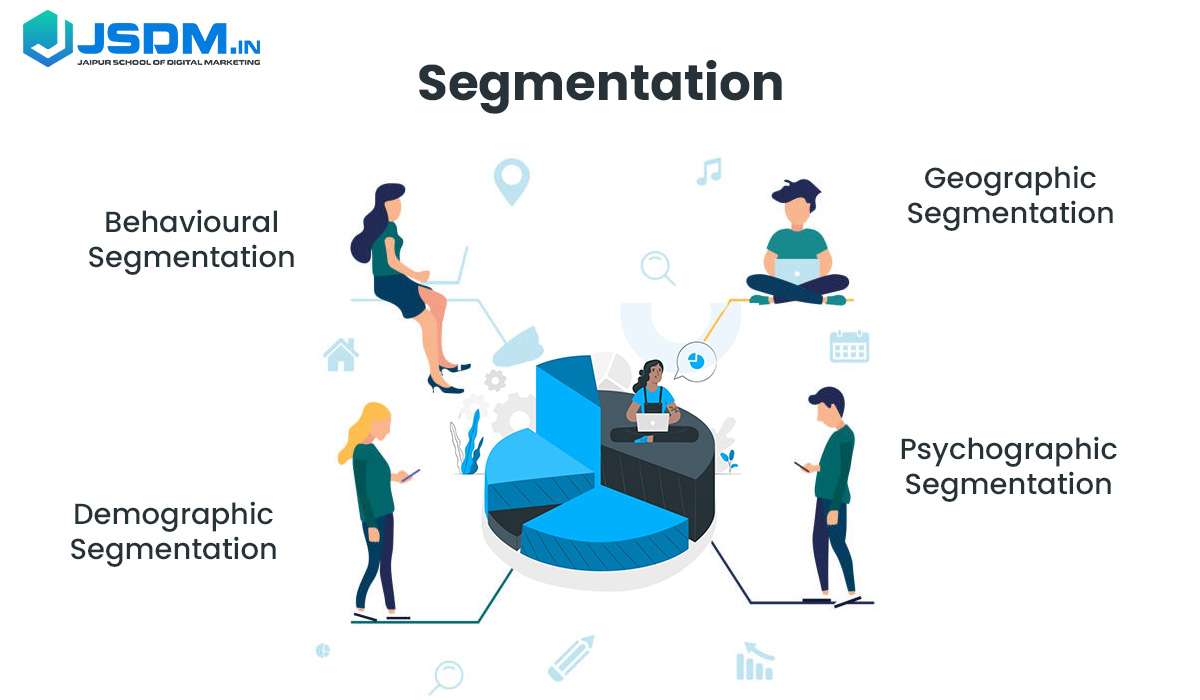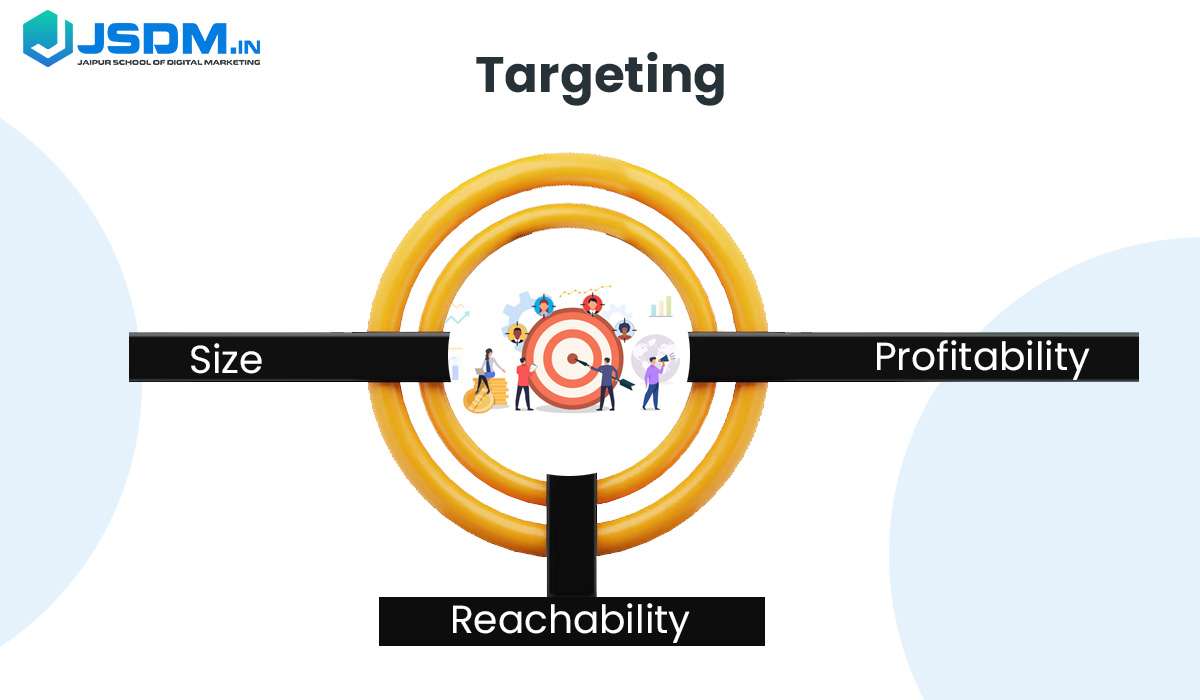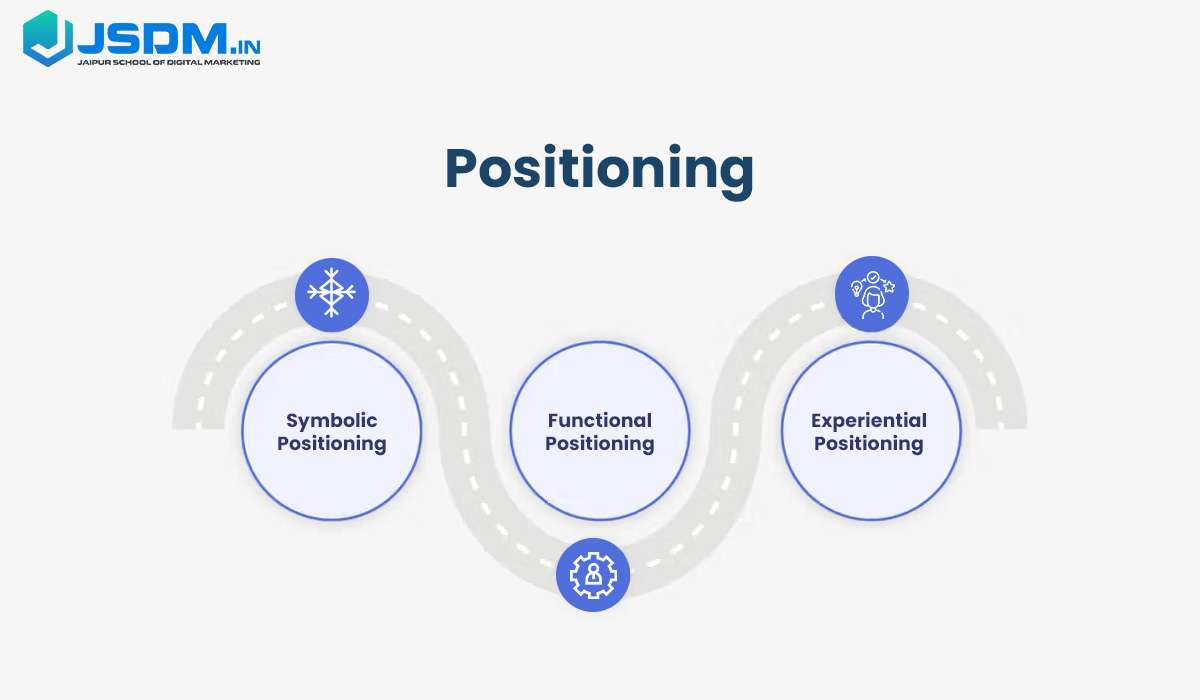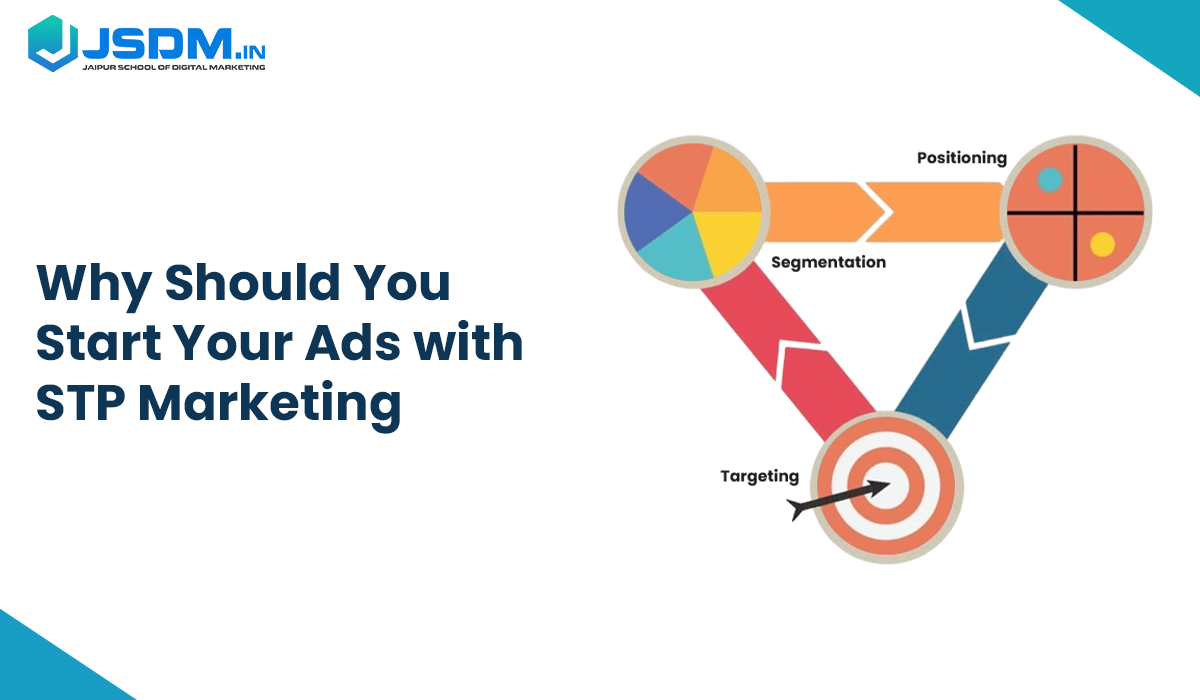STP is the most essential element in any form of marketing. Generally, it is used in various marketing sectors to take an approach over the marketing techniques. Most marketers use STP marketing to promote their brands better and gain a more extensive audience reach. Digital Marketing Training Institute is here to help you to understand about STP marketing.
There are many essential factors that you have to consider while doing STP marketing, and you must find out the relationship between segmentation, targeting, and positioning, which are interrelated. How can you use STP to generate more significant revenue in your business? This article will provide you with the essential factors and fundamentals of STP marketing.
Table of Contents
ToggleMeaning of STP Marketing
STP Marketing is divided into three further segments. The complete form of STP is “Segmentation, Targeting, and Positioning”. STP marketing is a kind of management that combines these three separate marketing processes under a single project.
Using these segments, you must work according to their sequences to obtain your primary marketing goals. Digital Marketing Coaching Classes are always here to help you learn about STP marketing concepts. STP marketing is essential in understanding customer behaviour and experience regarding your brand so that strategies can be made according to these processes.
Overview of Segmentation, Targeting, and Positioning Methods in Marketing
Let’s provide an overview of how these segments can help you promote your brand in marketing for your target audience.
Segmentation

Segmentation refers to the marketing activity involving data collection, analysis, and dividing your customer base into different groups. You can group customers in a plethora of ways, and in the world of marketing, four distinct segments are predominantly used:
- Geographic Segmentation: Segment customers based on a location, which can be broken into cities, countries, states, regions, etc.
- Demographic Segmentation: This segmentation is based on age, occupation, and gender.
- Behavioural Segmentation: Focuses on the what, how, and why users visit your website, app, or physical shop.
- Psychographic Segmentation: In this segmentation, lifestyle, hobbies, and activities play a huge role.
In technicalities, each customer can fall into multiple categories, but for the sake of advertising and targeting other forms of STP, the customer segments are narrowed down to the ones mentioned above.
Targeting

Working to subdivide their cases into more significant segments for larger business models and companies is key to expanding business profit margins or client reach. Given the company’s prior selling strategy, focusing on the ideal customer and their requirements while considering the past customer base allows them to remain in the business. Employing intricate metrics also aids in better market research segmenting. Nonetheless, there are specific approaches and ways in which targeting can be done using the data available for all segments.
- Size: A sizable client base with expansive growing potential is a fundamental requirement.
- Profitability: Determining profitability goals may prove troublesome. However, considering customer lifespan and other factors can help predict a segment’s profitability goals.
- Reachability: Different data metrics affect profitability. A plausible segment, however, could be clients and the associated cost of acquiring them.
Considering a business model’s size, growth, sales volume, and reach yields simple yet powerful results that benefit the organization and the client. However, delving deeper into targeting requires excess resources. For most businesses, these three aforementioned targeting metrics suffice.
Positioning

After completing the first two actions, a sense of curiosity kicks in—what is the most effective way to market the product or service? A strategy for dealing with the target market and, probably more crucially, differentiating oneself from the other players in the industry is needed.
The first concern is the detail of the communication aspect of positioning.
All three concerns about positioning are blended into republics designed to capture the audience’s attention. Employing a buyer persona, or at least interpreting the causes and experiences of the clients, will enable you to develop better communication.
However, take only the positioning of a particular product into consideration, and there are what may be termed as evident aspects:
- Symbolic Positioning: Otherwise known as positioning by lifestyle. You can figure out symbolic positioning by asking yourself what image is trying to be communicated.
- Functional Positioning: What specific needs do your products or services address, and therefore, what benefits do they provide to people?
- Experiential Positioning: What feelings or experiences did your products or services create for the customers?
The Uses of STP Marketing
STP marketing works like a framework, connecting you with your targeted audience and showcasing your brand. Here are some prominent uses of this model.
- Customized Marketing Solutions: The STP framework allows you to easily connect with your targeted audience through a specific segment based on your usage. This process can also enhance your conversion rates.
- Improving Marketing Research: The STP model also provides industrial insights for your targeted audience through advanced marketing research. You need to understand different segments and the needs of your audience from your brand in the business.
- Enhance Client Relationship: STP marketing can make brilliant connections between your brand and customers. You must showcase your brand’s achievements and benefits in a way that is tailored to your client’s needs and requirements.
- Increase ROI: Observe digital marketing campaigns in specific segments and collect all necessary information. This will help you generate more leads and higher ROI in business.
How Can You Start Your Ads with STP Marketing

STP marketing can be an essential part of your advertisements. Its strategic approach can enhance your campaign for your targeted audience. Here are the primary reasons for including STP marketing in your campaign.
Improve Marketing Recognition
STP marketing enables businesses to customize their messages for specific audience segments, making communications more likely to resonate with potential customers. Using STP, marketers can develop campaigns that directly address the needs and preferences of their target audience, thereby significantly increasing engagement and conversion rates.
Use Proper Resources
STP marketing can help businesses allocate resources more efficiently since they focus on segments most likely to convert. This targeted approach eliminates the waste of marketing spend and improves ROI by channelling efforts toward high-potential audiences.
Establish Better Customer Relationship
Therefore, STP marketing helps brands connect with their consumers at a deeper level. This approach satisfies customers and enhances brand loyalty because the consumer feels valued and understood.
Analyze Marketing Performance
The significant benefit of STP marketing is its attention to performance metrics, such as conversion rates or cost per acquisition. This emphasis on analytics facilitates marketers’ ability to continually tune their approach to ensure campaigns run at the maximum possible efficiency.
How to Apply STP Marketing Strategy?
STP is an ongoing process that requires continuous monitoring and adjustment. To implement STP in your marketing plan, market research and analysis must be conducted to identify and understand market segments. Digital Marketing Course is always available to assist you. Evaluation of the choice of target segments, value proposition, and competitive advantage used to develop a positioning statement; determination of a marketing mix suited for your target segments; implementation and monitoring; measurement; and effectiveness in reviewing and refining it according to feedback and changes within the market.
Conclusion
This is all about STP marketing and its concepts. Identify the different segments to target a particular audience for your brand. The best digital marketing course can help you understand the functional role of the STP model in the market.





